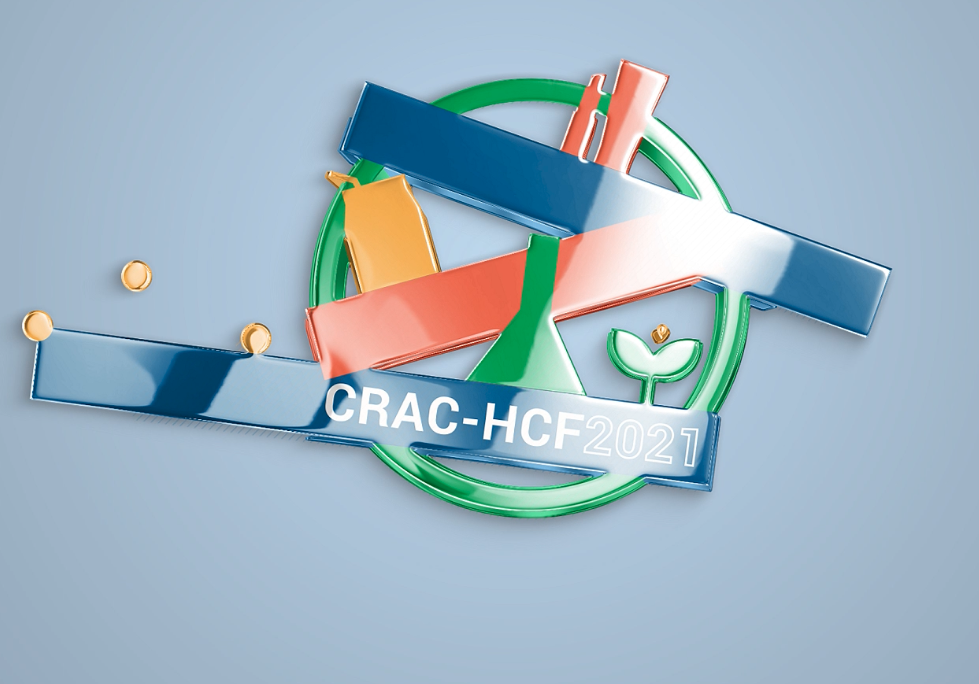A study conducted under the auspices of the China Medical University in Shenyang , Northeast China has cast further serious doubts on the safety of perflourinated compounds (PFCs) and refocused attention on the grave risks associated with continued use. These families of substances are ubiquitous pollutants and their toxicity has been the subject of extensive research and debate. Whilst heavily regulated in Europe and the US they are still extensively utilized in Asian markets. PFCs intrinsic properties, particularly their environmental persistence, their potential for bioaccumulation (particularly in higher strata of the food chain) and their toxicity suggest that many PFCs are ideal candidates for listing as a substances of Very High Concern (SVHC) under REACH. The absence of conclusive clinical and epidemiological evidence to corroborate claims of health risks in addition to the lax regulatory stances adopted in Asia has seen continued widespread application of these substances.
In this study a total of 231 asthmatic children and 225 nonasthmatic controls, all from northern Taiwan, were recruited in the Genetic and Biomarkers study for Childhood Asthma. Relevant diagnostic biomarkers were selected and the significance of association between serum concentrations of PFCs and these biomarkers was analyzed. Nine PFCs were detectable in most children (≥ 84.4%), of which perfluorooctane sulfonate (PFOS) was the most abundant. After the investigation, PFOS and subsets of other PFCs were shown to positively correlate with several inflammatory biomarkers, immune response factors and asthma severity scores among asthmatics. The robustness of the study can be called into question with both asthmatics and controls being selected from a single region. Thus any inferred causal relationship between serum levels of immune biomarkers and PFCs is tenuous at best and potentially attributable to a different source. However in light of the vast body of supporting evidence, the study contributes a vital piece to the overall picture.By no means is the study the nail in the coffin for PFCs, but does reflect the gathering momentum and pressure for a global ban. In Europe these substances are heavily regulated (inclusion in Stockholm Convention on Persistent Organic Pollutants) whilst in China the substances are listed on the IECSC and not subject to the same level of regulation as substances under Decree 591 (Regulation on the control over safety of hazardous chemicals). Hopefully the results of this study will emphasize the dire necessity to redress their current regulatory status and bridge this gaping regulatory divide.















